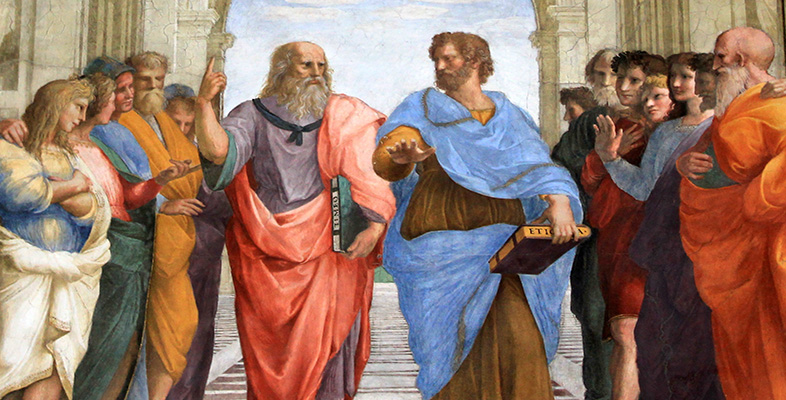9 Conclusion
9.1 Key characteristics of the enlightenment
Exercise 9
Try to note down as many of the key characteristics of the Enlightenment as you can remember
Discussion
How did you manage this? Did you remind yourself of some of the main characteristics by checking the summary points? The exercise you have just carried out is one of consolidation and revision.
Exercise 10
Click on 'View document' below to read the anonymous article from the Encyclopédie, ‘Philosophe’ (1765). What characteristics of the enlightened thinker are identified in it? How useful or significant do you find this description of a typical philosophe?
Click below to read 'Philisophe'.
Philosophe [Tip: hold Ctrl and click a link to open it in a new tab. (Hide tip)]
Discussion
Rational action, following the ‘torch’ or light of reason, empirical verification of knowledge (‘bases his principles on an infinite number of particular observations’) and a focus on useful knowledge (‘he knows its true value’), scepticism (‘he can suspend judgement’), sociability (‘sociable qualities’), contributing to civilised society (‘who wants to give pleasure and make himself useful’), ‘full of humanity’, ‘honour and integrity’, ‘kneaded with the yeast of order and rules’: these are some of the qualities you may have found, or you may have noted different ones. The description in the article seems to offer an ideal, with which actual philosophes would have complied to varying degrees. But it does appear to sum up nicely the guiding spirit of the Enlightenment. There is even, at the end, a characteristic note of reformist propaganda as a plea is made for enlightened rulers.
You should now be able to track the appearance of some of the characteristics of the Enlightenment outlined in this course. You will also be able to challenge and refine some of the generalisations made, and begin to appreciate how these ideas changed in nature and emphasis as they were embodied in actual texts produced by individual minds. It can be useful to reconstruct the cultural history of the past in such a way that trends, conflicts and developments emerge more clearly, and it is certainly valuable when assessing our own responses to consider the larger picture. We hope that our attempts at definitions will offer you a window into the period.
The process of producing culture is complex. In our period these cross-currents included the emergence and establishment of Romanticism. It may not be possible, in many cases, to classify the texts you encounter straightforwardly as ‘enlightened’ or ‘Romantic’. Nevertheless, it may be helpful to signal at this stage some of the main shifts or cultural changes that characterised or accompanied the transition from a European culture greatly influenced by Enlightenment through to one in which Romanticism acquired growing importance. We summarise these shifts below.
